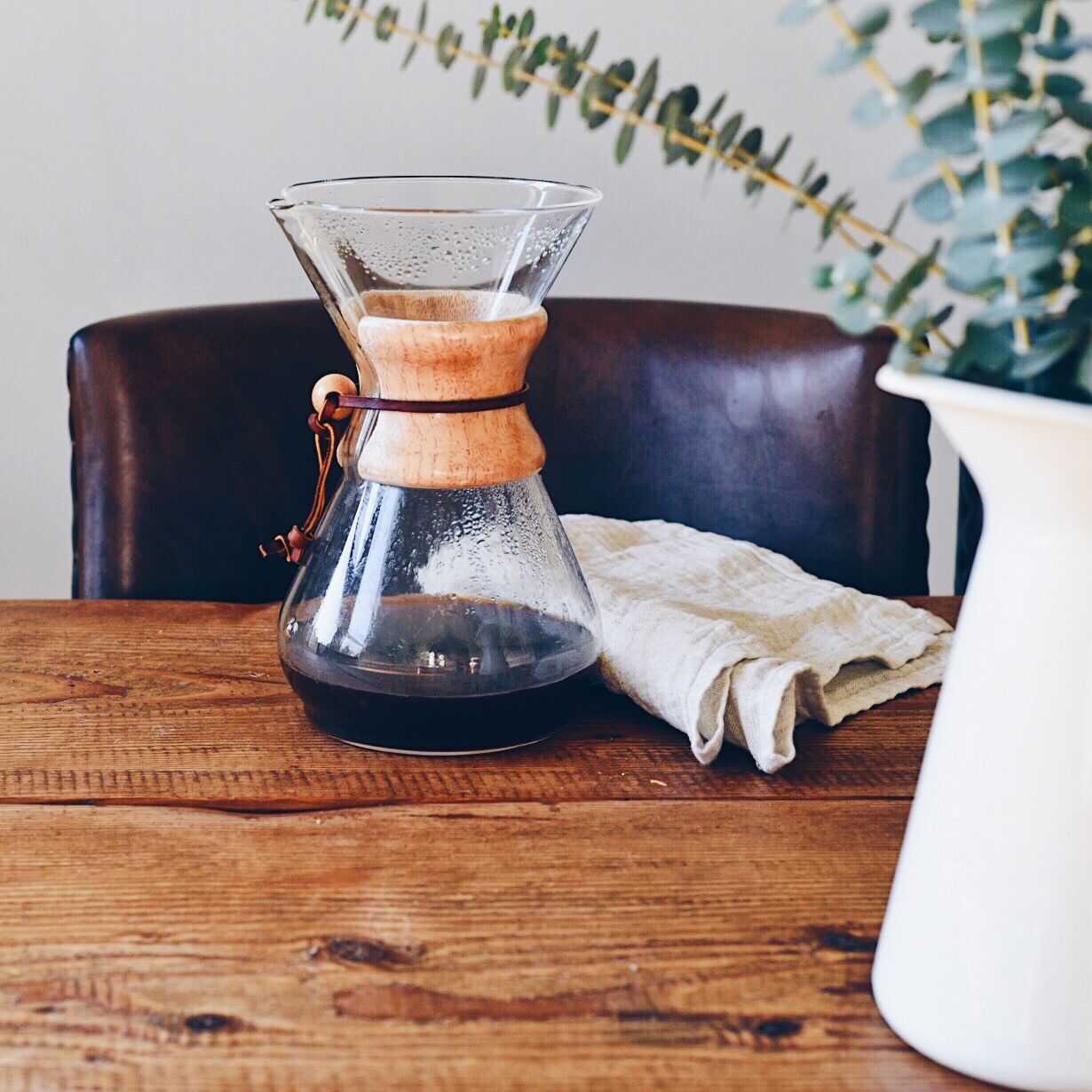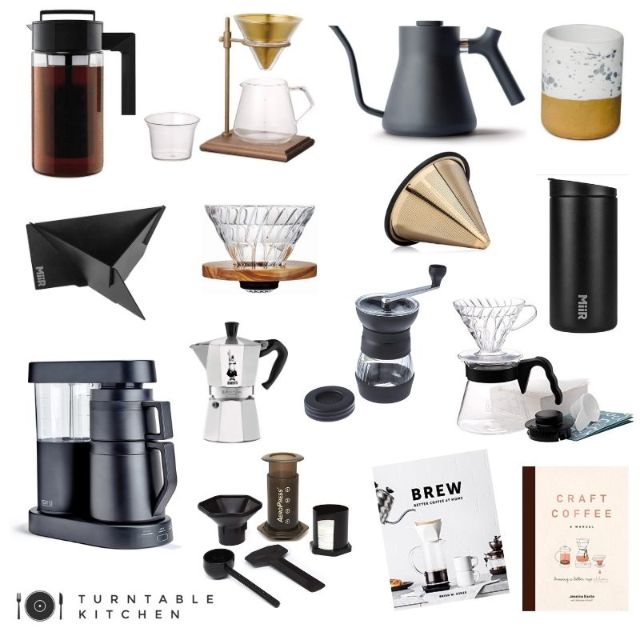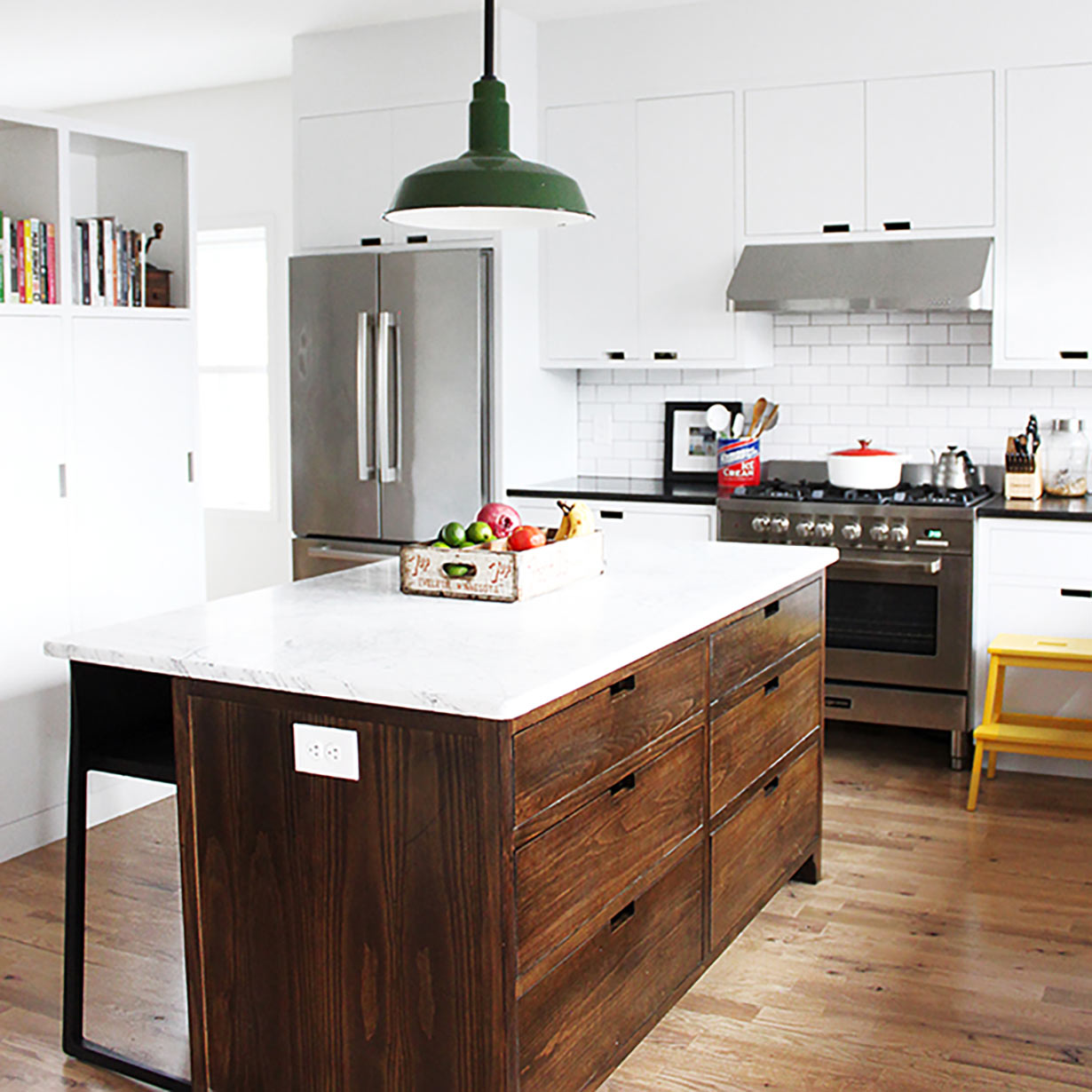
We’re passionate about coffee. Always have been. That’s why we created our Coffee + Vinyl Pairings. It’s our way of sharing two things we love with people across the world. If you’re not familiar with it, we ship artisan coffee roasted by Seattle’s Slate Coffee Roasters paired with limited edition vinyl records for only a few dollars more than the price of coffee alone from most other coffee subscriptions. It’s a great value for people who love vinyl records and coffee.
Of course, buying great coffee is only the first step. You still have to brew it up yourself. Thankfully, making delicious coffee is easy so long as you understand extraction. You may already know how to make coffee, but this guide is intended to help you make coffee better, at home.
Roughly speaking, extraction occurs when water dissolves the ground coffee’s flavor into the water. As simple as that sounds, there are many variables involved in this process and, naturally, changing the variables results in changing the flavor.
For example, over-extracted coffee tastes bitter. Meanwhile, under-extracted coffee tastes sour. If the coffee you brew at home, whether it’s from us or from somewhere else, tastes bitter or sour – you need to tweak your process. Some of the easiest variables to change are time, grind, and weight. If you’re making coffee at home and it doesn’t taste quite right you can brew better coffee simply by changing these variables.
Looking for the perfect pour over coffee maker? Check out our new guide spotlighting the 10 best coffee makers on the market.
How to Make Coffee, Better
Time
This refers to the brewing time of the coffee. The more time the more extraction. If your coffee is bitter and overly concentrated, then you’re over-extracting your coffee. To make better coffee, you just need to brew for less time. If your coffee is sour and watery, then you’re under-extracting your coffee. To make your coffee better, you just need to brew for longer.
That’s why we recommend using a timer when brewing coffee at home. It allows you to monitor the amount of extraction by controlling the time. We use a Hario Scale with a built in timer but honestly you can just as easily use the stopwatch on your phone or, if you’re into smart home gadgets, tell Alexa or Google to set a timer for you.
Grind
Grinding your coffee at different sizes will lead to the coffee extracting at different rates. For example, if your coffee is too sour, a finer grind setting may help prevent under-extraction. If your coffee is too bitter, you may need to use a coarser grind setting to avoid over-extraction.
Because grind is so important, we recommend use a good burr grinder to get an even and consistent grind for your coffee. The cheapo coffee grinders that resemble spice grinders aren’t really adequate if you want the best results. We use (and recommend) the Capresso Infinity Burr Grinder.
Weight
When we refer to weight we’re really referring to the water-to-coffee ratio you’re using. This ratio also plays an important part in extraction. If you’re using too much ground coffee, your coffee will taste both overly concentrated and sour. To fix this, use less coffee or more water. If you’re using too little ground coffee, your coffee will taste both watery and bitter. To make better coffee just use more ground coffee or less water.
The ideal ratio of coffee-to-water depends on which coffee maker you’re using. Below we’ve listed the ratios we use for a few of our favorite brewing methods:
In a Chemex, for example, we use a coarse grind (one notch from the coarsest grind on our Capresso) for 50 grams of ground coffee to 700 milliliters of water. We aim for a total brew time of about 3 1/2 to 4 minutes. For more information, check out our post about making perfect coffee in a Chemex.
For a French Press, we use roughly the same grind and ratio as we use for the Chemex except that I use a total brew time of about 4 minutes for a French Press. I highly recommend transferring the coffee to a thermos or other vessel after brewing when using a French Press. If you leave it in the pot with the grinds it will continue to extract. For more info, check out our post about brewing with a French Press.
When we use an Aeropress, we use a medium grind with 17 grams of ground coffee and 255 milliliters of water. We aim for about 2 1/2 to 3 minutes of total brew time including 30 seconds of bloom time. Want to know more? Check out our post about making perfect coffee in an Aeropress.



